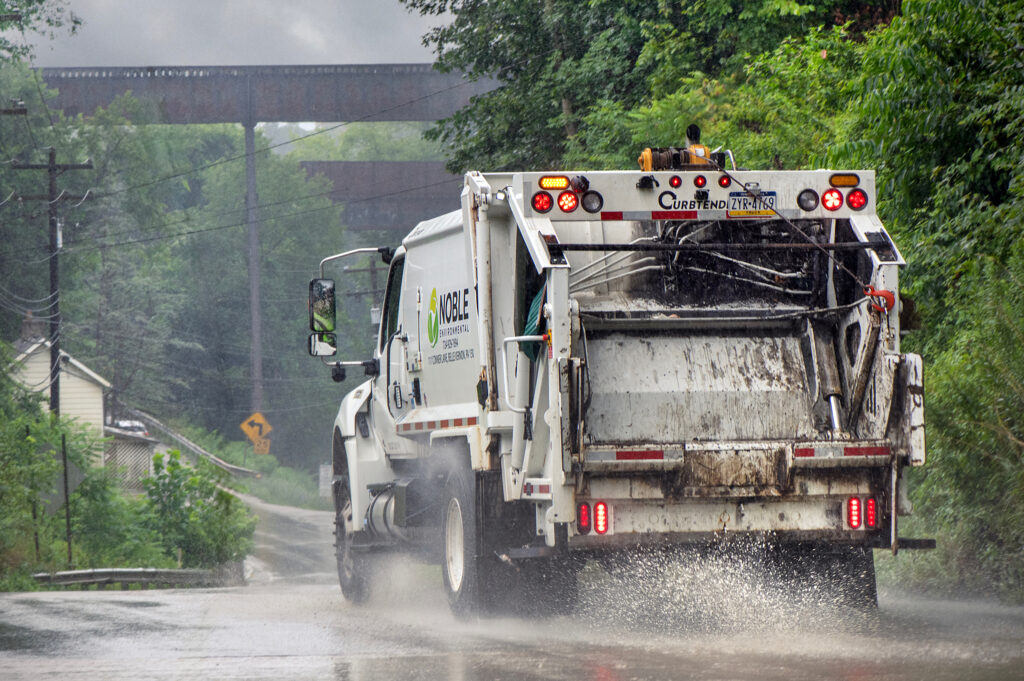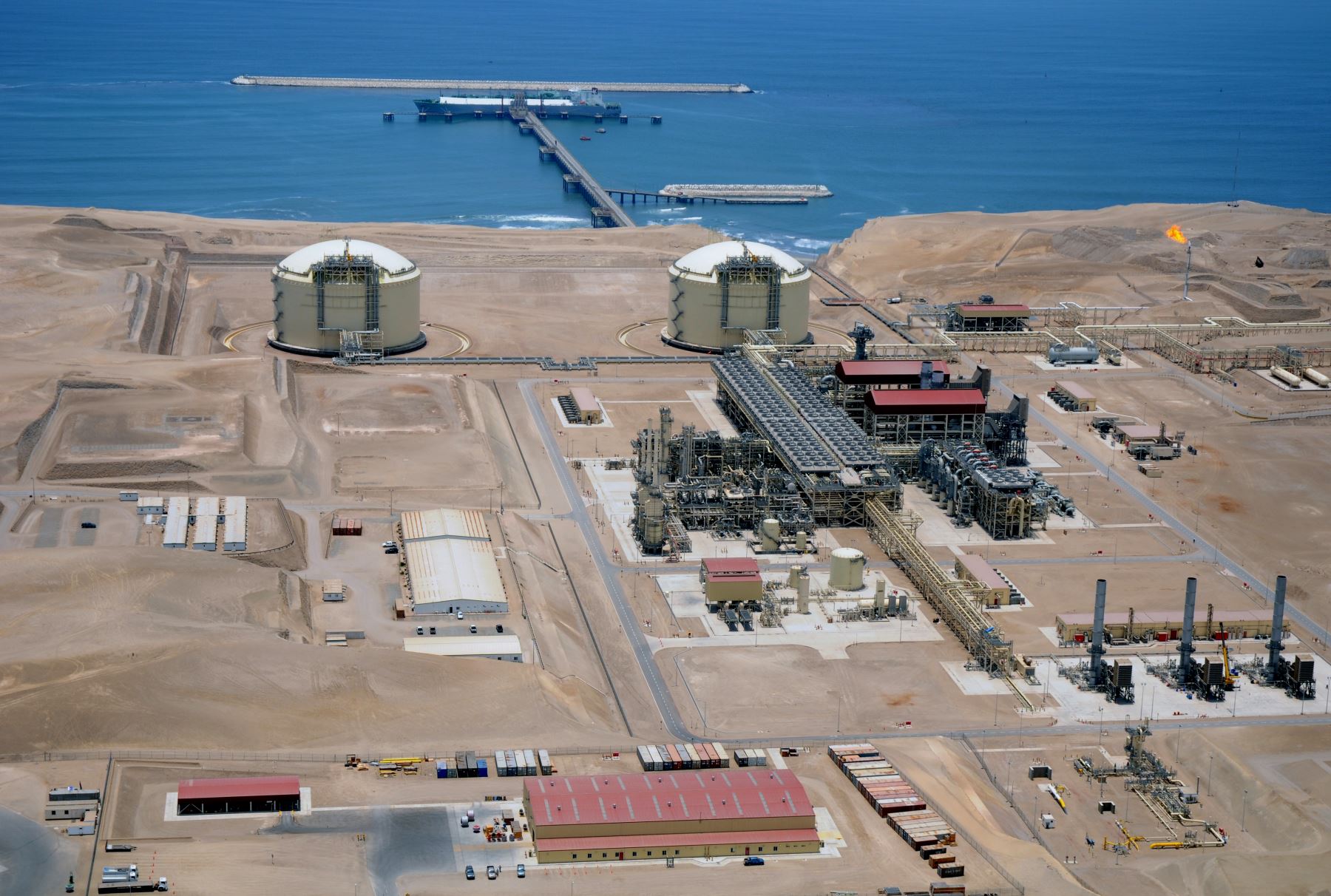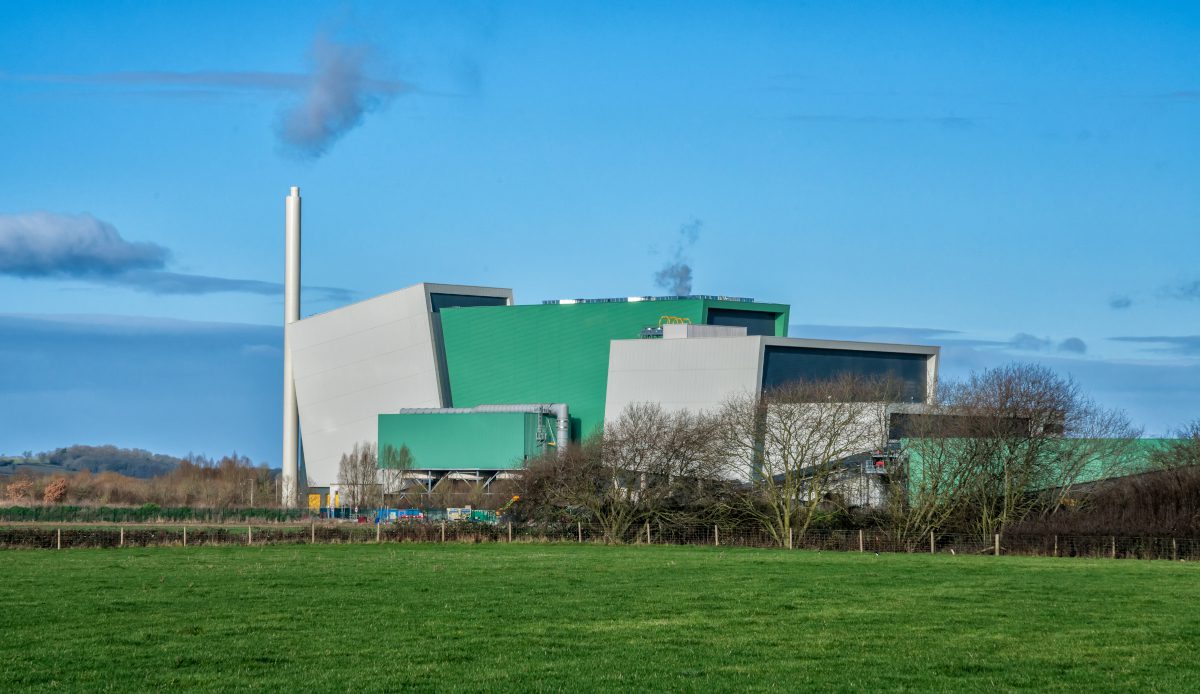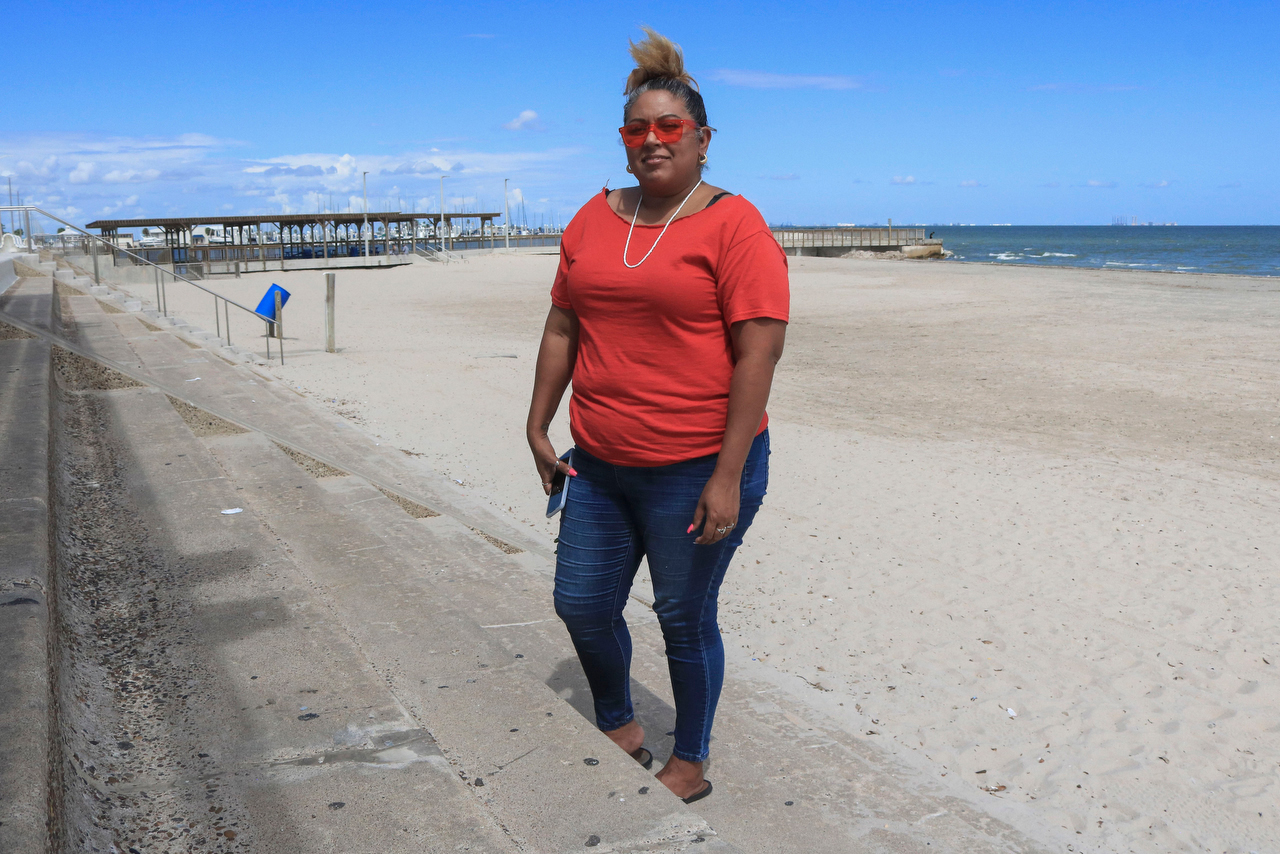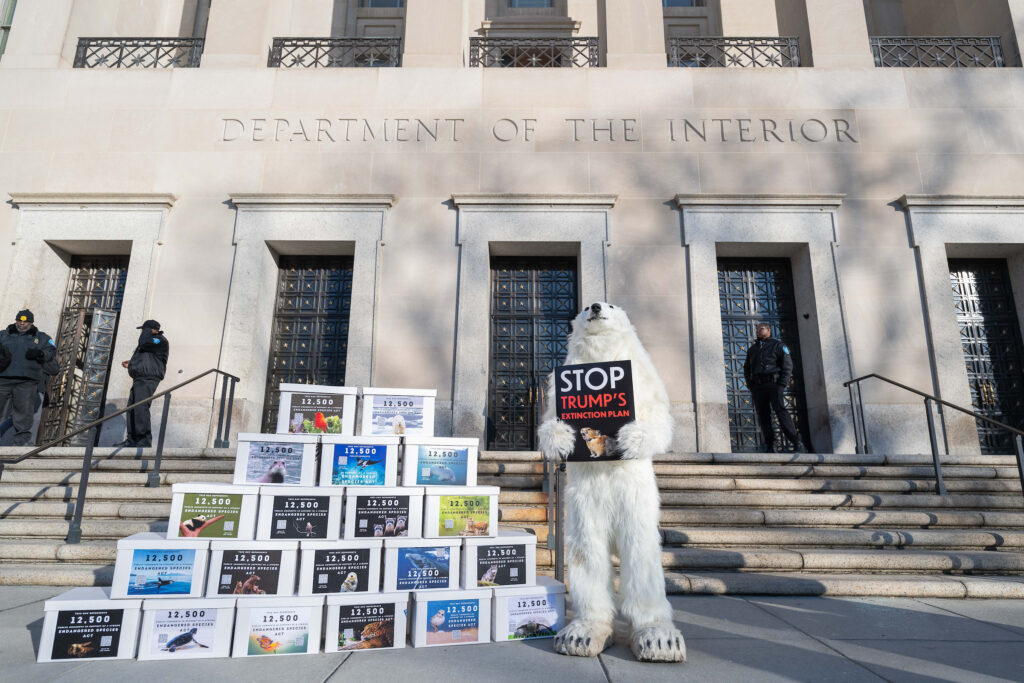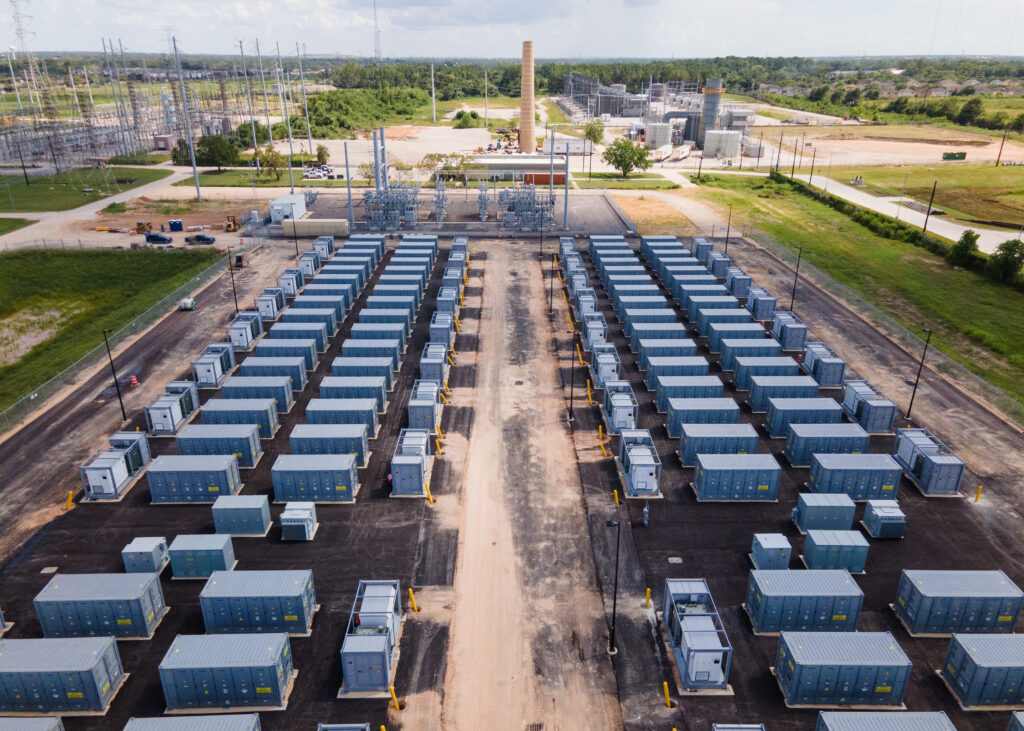The United States Environmental Protection Agency on Thursday published a rule extending deadlines for the oil and natural gas industry to limit emissions of methane and other harmful pollutants.
In an emailed statement, a representative for the EPA said that the move—which was signed on Monday—represented “an important step in unleashing the Nation’s domestic energy supply by extending several unworkable compliance deadlines in the Biden-Harris Administration’s Clean Air Act rules.”
According to a fact sheet from the EPA, those extensions provide “more realistic timelines for owners and operators to meet requirements and for states to develop and submit plans for limiting emissions from existing sources.”
However, environmental advocates have criticized the decision as a handout to the fossil fuel industry—and say that it bypasses the required process of allowing the public to weigh in on proposed rules before they take effect.
“The Trump administration has yet again displayed its contempt for the law, this time ignoring the requirement for public input and hastily issuing a rule that gives the oil and gas industry a pass to pollute, harm our health, and degrade our environment,” said Alexandra Schluntz, senior attorney at nonprofit environmental law organization Earthjustice, in a statement on Tuesday.
In an interview on Thursday, Schluntz said that the Biden administration’s 2024 rule sought to reduce emissions of methane and other pollutants by requiring the oil and natural gas industry to reduce leaks and replace devices called process controllers with newer, zero-emission devices, among other measures.
Compliance with those rules—which came into effect in May 2024—has now been pushed back 18 months, until January 2027.
The move, known as an “interim final rule,” also delays the implementation of a program that would allow EPA-approved third parties to report potential large leaks and releases, and extends the deadline for states to submit plans for reducing methane emissions from existing sources, according to Grace Smith, senior attorney at the Environmental Defense Fund.
Critics questioned the need for the delay, arguing that compliance in the industry was already largely underway.
“Many oil and gas operators have already been complying with these requirements for nearly a year, while others are investing and planning ways to reduce methane pollution to meet the standards,” said Mahyar Sorour, director of Beyond Fossil Fuels Policy at the Sierra Club, in a statement.
“Delaying implementation will simply give a handout to the worst actors who would be able to continue their polluting ways with zero consequences or accountability to neighboring communities.”
A source within the oil and gas industry confirmed that the industry had requested the extension. However, the same source acknowledged that a large portion of the industry is already meeting the requirements of the 2024 rule, and said that the industry prefers that the rule not be repealed or done away with outright.
In an emailed statement, American Petroleum Institute (API) spokesperson Scott Lauermann said that his organization supports “smart and balanced regulations to build on the industry’s progress in reducing methane emissions, and we appreciate EPA’s recognition of the need for more time to implement this rulemaking effectively.”
Lauermann also pointed to a memo that API had sent to President Trump’s transition team in November outlining “ways to improve the rule,” Lauermann said.
According to the agency’s fact sheet for the interim final rule, an additional 3.8 million tons of methane are expected to be emitted from 2028-2038 as a result of the interim final rule.
Methane is a potent greenhouse gas, and although it has a shorter atmospheric lifespan than carbon dioxide, it has a warming effect 86 times stronger than CO2 over a 20-year period and 28 times stronger over a 100-year period, according to the Climate and Clean Air Coalition.
According to the International Energy Agency, methane is responsible for about one-third of the rise in global temperatures since the industrial revolution.
Even by the EPA’s own estimates, the deadline extension is expected to have a significant impact on the amount of harmful emissions released by the oil and gas industry.
According to the agency’s fact sheet for the interim final rule, an additional 3.8 million tons of methane are expected to be emitted from 2028-2038 as a result of the interim final rule — equivalent to the greenhouse gas emissions from nearly 25 million gasoline-powered passenger vehicles driven for one year.
That’s on top of an additional 960,000 tons of volatile organic compounds (VOCs) and 36,000 tons of toxic air pollutants that will be emitted due to the extension.
Hours after the rule was published, a dozen health, environment and community groups filed a lawsuit challenging the delay, according to a news release from the Environmental Defense Fund.
This story is funded by readers like you.
Our nonprofit newsroom provides award-winning climate coverage free of charge and advertising. We rely on donations from readers like you to keep going. Please donate now to support our work.
Donate Now
The groups—which include the EDF, Earthjustice and Sierra Club—highlighted the damage that the delay would cause and criticized the Trump administration’s decision to bypass the requirement for public input.
According to Maggie Coulter, senior attorney at the Center for Biological Diversity, agency regulations and rulemaking are supposed to go through public notice and comment periods under the Administrative Procedure Act, whether the government is creating a new rule or amending an old rule.
“It’s really just an attack on our very fundamental process for the way that these kinds of rules have always been done and should be done,” Coulter said. “The government has to explain why it’s making a change, and the public gets the opportunity to weigh in on whether that explanation makes sense.
“Here, not only do we think their explanation doesn’t make sense, but we also didn’t get the opportunity to weigh in before it went into effect. And I think that’s just a subversion of our basic regulatory rule making process, and it’s a little bit scary.”
Grace Smith, senior attorney at the Environmental Defense Fund, echoed those sentiments.
“It’s just unlawful,” Smith said, adding that seeking public input before the issuance of the interim final rule is required under the APA and Clean Air Act.
“It helps the agency come out with a rule that is much stronger and well informed. That’s the importance of public comment,” Smith said.
According to Schluntz, the administration is relying on an exception known as the “good cause” exception that would allow the agency to issue a rule without having to solicit public comment first.
“But the courts have been very clear that that should only be used in emergency situations,” Schluntz said.
In response to emailed questions about how and why the EPA didn’t engage in a public notice and comment period prior to issuing the rule, an agency representative said the EPA is accepting written comments for 30 days after publication of the interim final rule in the Federal Register.
Still, the extension took effect immediately upon publication on Thursday, granting the industry a reprieve without first garnering feedback from the public.
The deadline extension may also just be the start of the EPA’s rollback of the Biden-era rule. In an email to Inside Climate News, the agency representative said that this week’s move “marks the first of several actions EPA plans to take.”
The representative pointed to EPA Administrator Lee Zeldin’s March 12 announcement that the agency is reconsidering the Clean Air Act regulations for the oil and gas industry. The representative said the changes would “unleash energy dominance and continue the Nation’s trajectory as a leader in clean energy and emissions reductions.”
Schluntz said that although the EPA hasn’t formally announced a reconsideration or whether it would roll back the 2024 rule entirely, if it does pursue that objective there would be significant consequences for the climate and public health.
“The Biden rule was going to reduce U.S. emissions by two percent. That’s a huge amount for one single rule,” Schluntz said.
“On the VOC side of things … this is a pollutant that causes a number of health harms, including cardiac issues, respiratory issues,” Schluntz said. “We’re talking about additional days in the hospital, additional days missed from work, additional kids with asthma, and all this even contributes to additional lost lives.”
Schluntz also said the 2024 rule plays an important role in protecting already vulnerable communities.
“The oil and gas industry, in many areas of the country, it disproportionately is impacting low-income communities and communities of color where these sites are located,” she said. “Those are the communities that are already most vulnerable to those health harming pollutants.”
About This Story
Perhaps you noticed: This story, like all the news we publish, is free to read. That’s because Inside Climate News is a 501c3 nonprofit organization. We do not charge a subscription fee, lock our news behind a paywall, or clutter our website with ads. We make our news on climate and the environment freely available to you and anyone who wants it.
That’s not all. We also share our news for free with scores of other media organizations around the country. Many of them can’t afford to do environmental journalism of their own. We’ve built bureaus from coast to coast to report local stories, collaborate with local newsrooms and co-publish articles so that this vital work is shared as widely as possible.
Two of us launched ICN in 2007. Six years later we earned a Pulitzer Prize for National Reporting, and now we run the oldest and largest dedicated climate newsroom in the nation. We tell the story in all its complexity. We hold polluters accountable. We expose environmental injustice. We debunk misinformation. We scrutinize solutions and inspire action.
Donations from readers like you fund every aspect of what we do. If you don’t already, will you support our ongoing work, our reporting on the biggest crisis facing our planet, and help us reach even more readers in more places?
Please take a moment to make a tax-deductible donation. Every one of them makes a difference.
Thank you,







